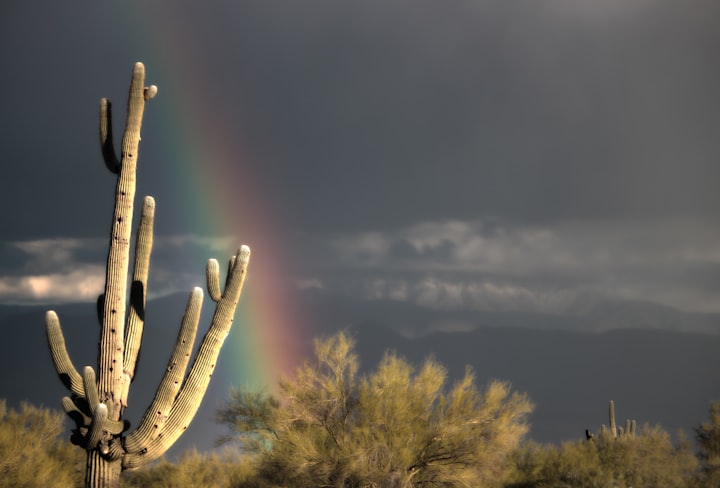New Mexico’s Missing Native American Women Deserve Better
There is a saying passed around in Native American communities: when a Native woman disappears, she goes missing twice. First her body, then her story.

Audra Willis, a member of the Navajo To’hajiilee community, was only 39-years-old when she was decapitated and mutilated. The lively mother of six young children was close to her family and was known around her community as a hard worker and a good friend. However, she recently fell in with a rougher crowd. Passersby found her body in an arroyo in Four Hills, a middle-class neighborhood outside of Albuquerque. The last time her family saw her was on Thanksgiving. Authorities found her body mere days before Christmas 2017. In 2019, police broke the case and arrested a man for her murder.
Theresa Concha of the Taos Pueblo found herself on hard times. The 36-year-old woman was homeless in the harsh Albuquerque summer of 2016 when she vanished without a trace. In the last few years, the trail has gone cold with no new information given out. Other than a few sentences, her disappearance received no media attention. This is the same story for many Native American women who vanished in New Mexico: little attention and few clues.
There is a saying passed around in Native American communities: when a Native woman disappears, she goes missing twice. First her body, then her story.
Native American women experience rape, kidnap, and murder at a rate much higher than non-native women. For instance, 84 percent of Native American women experienced violence during their lifetime according to a Department of Justice study. 56 percent experienced sexual violence and, in that group, over 90 percent experienced violence from a non-tribal member.
Murder was the third most common cause of death from 1979 to 1992 for Native American and Alaska Native women ages 15 to 25, according to researchers. Unfortunately, New Mexico is leading the pack when it comes to violence against Native American women. In fact, Native American women and girls are missing or murdered in New Mexico more than any other state. Among the top ten cities with the highest number of missing and murdered indigenous women (MMIW) are Albuquerque with 37 and Gallup with 25. There are 78 cases for the state total — a number that is likely an under count.
In 2019, New Mexico lawmakers signed a bill creating the Missing and Murdered Indigenous Women Task Force. So far the task force has created an outline of a large data gathering plan. It’s a good start but there’s a long way to go.
One issue facing authorities is a lack of data collection and aggregation. A majority of Native Americans don’t live on reservations so tracking statistics of this group is more difficult. Authorities often misidentified Native American victims or didn’t note their race at all, making it hard for researchers to identify the scope of the problem.
“The National Crime Information Center reports that, in 2016, there were 5,712 reports of missing American Indian and Alaska Native women and girls, though the US Department of Justice’s federal missing persons database, NamUS, only logged 116 cases,” starts a groundbreaking report by the Urban Indian Health Institute.
“This is data that most of these jurisdictions have never seen before,” said Abigail Echo-Walk, director of the Urban Indian Health Institute. “We were able to identify these cases over the course of a year, on a shoestring budget, and our research points to a much larger tragedy. More research is urgently needed so that legislators at all levels of government can address the issue with thoughtful and targeted policies.”
While there are deep and complicated systematic issues creating this, there are still steps an individual can take to lessen the burden these women face. The Albuquerque-based Coalition to Stop Violence Against Native Women advocates for social change to help prevent further violence. The non-profit needs both volunteers and donations. Another important way to help is to be a vocal advocate for Native American women by talking to your friends and family about the issues facing them.
About the Creator
Raisa Nastukova
Freelance journalist focused on stories of both Kashmir culture and society as well as the rising tide of climate change.






Comments
There are no comments for this story
Be the first to respond and start the conversation.